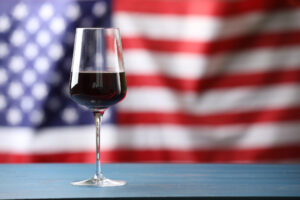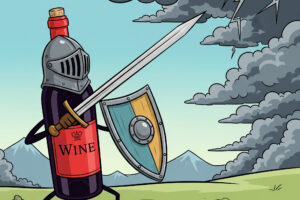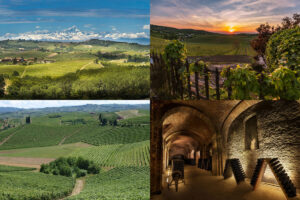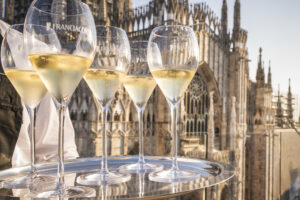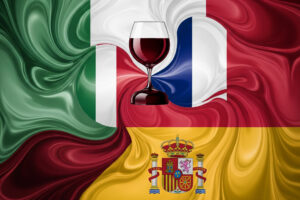The United States is the number one wine market in the world. In 2015, consumption reached 34.6 million hectoliters, for a retail turnover of 55.8 billion dollars. We take these numbers for granted, but they actually narrate a spectacular growth compared to 10 years ago, when the US consumed 27.4 million hectoliters of wine for 41.5 billion dollars. Besides consumption, production has also grown, since the number of wineries in California increased from 2.500 in 2005 to 4.000 today, while on the national level they have almost doubled the 5.424 wineries in 2006, and domestic production in the same period has gone from 23.6 to 29.1 million hectoliters.
California represents 60% of all wine consumed in the US, and 90% of exports, but winemaking is finding a leading role in many other states, like Washington, where the number of companies has increased from 460 in 2006 to 1.000 of 2015 or Oregon that has experienced the same dynamic, and vineyard USA counts 419.000 hectares, the sixth largest in the world, the German wine magazine "Meininger" reported (www.meininger.de).
E & J Gallo is the largest producer - 75 million cases (12 bottles each, ed.) sold in 2015 (62 million in 2006), ahead of The Wine Group, which has increased from 42 million cases in 2006 to 57.5 million in 2015, surpassing Constellation Brands, at 50 million cases, which has gone down sharply on the 57 million in 2006. In fourth place instead, Bronco Wine Company’s sales are the same then as now, while Ste Michelle Wine Estates was in tenth position in 2006 at 4.2 million cases, and now is at number 7 with 8.8 million cases sold.
There are over half a million wine retailers on the US territory today, and off trade sales volumes are growing much faster than on trade, especially for wines that cost more than 11 dollars a bottle. The largest of the independent chains, Total Wine & More, offers over 8.000 wines in its 135 outlets (there were 45 in 2006), but Costco is number one turnover - they invoiced 600 million dollars in 2006 and today have exceeded one billion dollars.
Shifting our attention to the distribution world, last January, Southern Wine and Spirits, the largest US distributor, and Glazer's, number four, merged and founded Southern Glazer's Wine & Spirits, employing 20.000 people in 44 states, plus Canada and the Caribbean, for an annual turnover of 15.5 billion dollars.
At the same time, Charmer Sunbelt and Wirtz Beverage merged to the Breakthru Beverage Group, which today is the second largest US distributor, with sales for 6 billion dollars, ahead of Republic National and Young's Market. These four companies represent 60% of the wine marketed in the USA. Similarly, the direct to consumer channel, that is direct sales companies, especially important for wineries producing less than 500.000 cases of wine a year has been growing. Sales value reached 2 billion dollars, while in in 2010 they were worth 1.2 billion dollars.
The market is changing, evolving and growing alongside evolving consumer tastes, who today seek lighter wines in terms of alcohol content and good acidity, after a decade dominated by rose, Prosecco, Moscato, Sauvignon Blanc, Pinot Noir, Cabernet Sauvignon and Pinot Grigio, while Chardonnay is still the most popular grape variety on the US market. Another new and revolutionary development is technology. In 2006 no one had an iPhone or Android device nor were there social networks, and instead today people share information and experiences, especially thanks to apps designed just expressly for the wine world, like Delectable, Banquet, Vivino, Wine Searcher and CellarTracker.
The new frontier just coming into the markets, that is, the Millenials, have surpassed the Baby Boomers in overall consumption, at 160 million cases, often choosing emerging territories, both American and foreign, from Washington to Oregon, Portugal to Greece, since they have an extensive range of possibilities and tools that no other generation has had available to them.
Copyright © 2000/2025
Contatti: info@winenews.it
Seguici anche su Twitter: @WineNewsIt
Seguici anche su Facebook: @winenewsit
Questo articolo è tratto dall'archivio di WineNews - Tutti i diritti riservati - Copyright © 2000/2025























